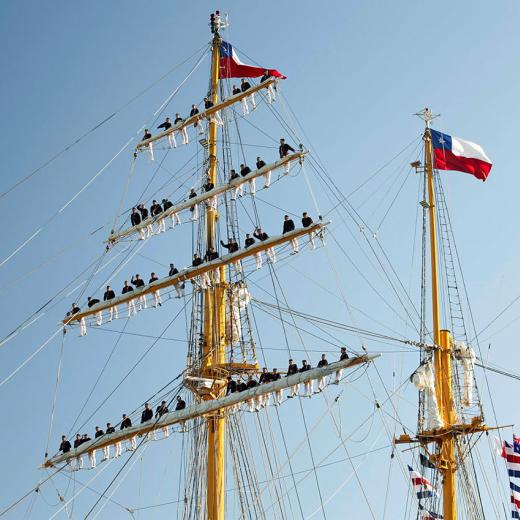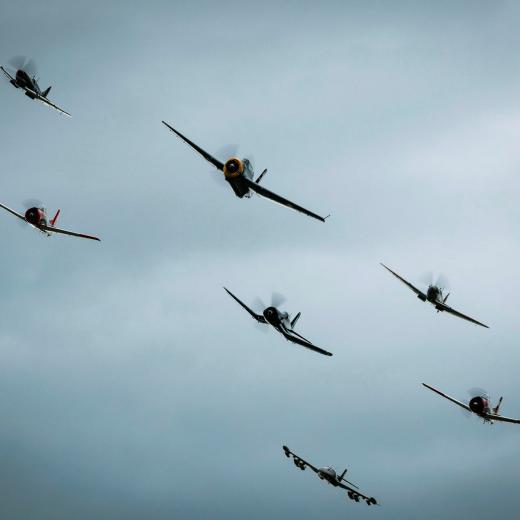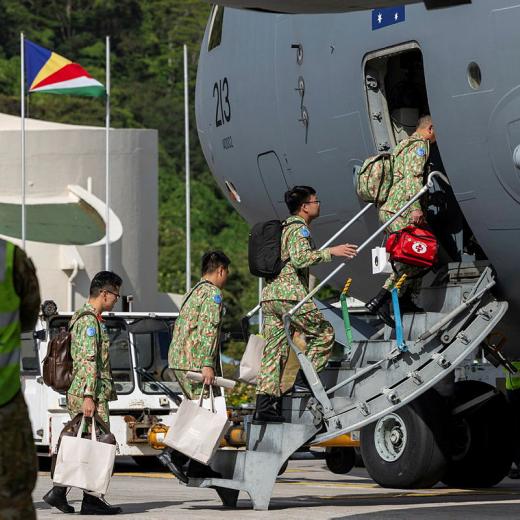BLUF
Operation Linebacker, a naval and air campaign, played a crucial role in defeating the North Vietnamese Nguyen Hue Offensive and ending the Vietnam War.Summary
KEY POINTS:
- Operation Linebacker took place in 1972 during the Vietnam War as a response to North Vietnam's Nguyen Hue Offensive.
- The campaign involved the deployment of massive naval and air forces, including six aircraft carriers and 210 B-52 bombers.
- The Seventh Fleet's naval forces played a significant role in defeating the enemy's offensive in South Vietnam's Military Region I.
- Naval gunfire support from cruisers and destroyers helped South Vietnamese forces stabilize the front line and liberate Quang Tri City.
- The mining operations conducted by the fleet effectively closed off North Vietnam's major ports and disrupted enemy supply lines.
- The naval bombardment targeted critical infrastructure and logistical movements around Haiphong, putting pressure on the enemy.
- The fleet's carrier squadrons and surface warships neutralized the North Vietnamese navy, eliminating the maritime threat.
- The campaign witnessed significant successes in air operations, with Navy and Air Force bombing campaigns degrading North Vietnam's defences.
- Precision-guided munitions, such as TV-guided bombs and laser-guided bombs, were employed to destroy key enemy targets.
- Operation Linebacker II followed, involving a massive B-52 and tactical air assault on North Vietnam, leading to the Paris Agreement in 1973.
References
- VIETNAM AIR WAR COLLECTION | The Runway (airforce.gov.au)
- MILITARY HISTORY GENERAL ARTICLES | The Runway (airforce.gov.au)
- Air Power and the Ground War in Vietnam: Ideas and Actions (af.edu)
- The Limits of Airpower or the Limits of Strategy: The Air Wars in Vietnam and Their Legacies > National Defense University Press > Publications | NDU Press
Source Information:




